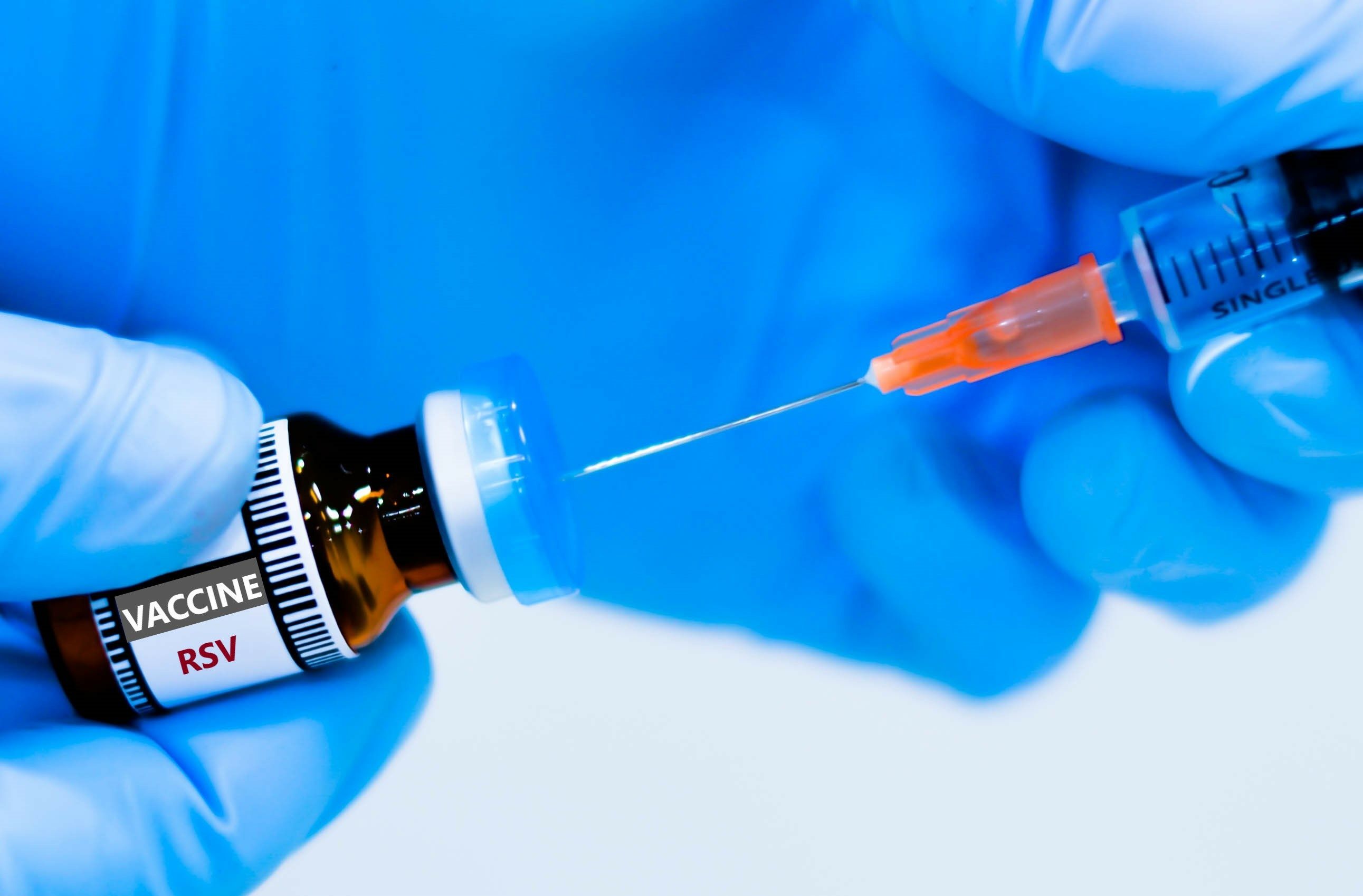Article
3 Ways Pharmacy Schools Could Increase Applicant Pools
The pharmacy profession seems to be decreasing in popularity among millennials.
The pharmacy profession seems to be decreasing in popularity among millennials—that is, Americans born between 1980 and the mid-2000s.
Millennials are increasingly aware of the problems of higher education and the risks they must weigh when considering it to prepare for a future career, especially one they plan to work in for the rest of their life. These are the kinds of things on millennials’ minds:
- Is the cost of pharmacy school (well over $100,000) worth the investment?
- Will this profession be something I can choose to do for the rest of my life?
- Will pharmacy provide me with the means to achieve other life goals (eg, family, financial)?
These are the same questions every student has when they think about their future. Millennials, however, are an especially savvy bunch who’ve seen first-hand the havoc economic uncertainty can cause in the job market. They’ve also witnessed the crippling debt their parents have from their adventures in higher education.
Millennials are the most educated generation of all time, with about 61% attending some college and more than 47% holding a postsecondary degree, according to White House statistics. They’re 35% more likely to enroll in graduate school than the previous generation—and about half of all students are borrowing to finance their educational endeavors and taking longer than ever before to repay those loans.1
The increasing cost of higher education, uncertain job market, and financial burden of long-term student loans have caused many millennials to think long and hard about attending pharmacy school, leading to a decrease in admission numbers. The number of pharmacy schools has increased substantially during the past 15 years, jumping from 70 or 80 pharmacy schools to more than 150 today. It’s curious that this decrease in enrollment would happen at the same time as the increase in the number of pharmacy programs.
Students don’t just want a degree anymore—they want training that’ll free them to do a job they love. The idea of working behind a counter is truly unappealing to most millennials.
According to a Yahoo! Aabaco Small Business report, 50% of millennial college students say they don’t need a physical classroom. Eighty-nine percent would prefer to choose when and where they work, as opposed to being placed in a 9-to-5 job, and 45% would choose workplace flexibility over higher pay.2 As the report suggests, this virtual generation has little desire or need to work in a physical, traditional workplace (read: a pharmacy).
Currently, the American Association of the Colleges of Pharmacy (AACP) is working on a public relations campaign to increase student and public awareness of the profession. But, why should schools rely on AACP to sustain admissions? Rather, let’s return the power to the colleges to attract applicants so they’re picking from the best of the best.
Instead of being a victim of circumstance, let’s put pharmacy schools back in the position of power. Let’s give them the ability to draw students in, instead of hoping the reputation or whimsical decisions of young adults will dictate the profession’s future. Let’s give schools credibility and a strong reputation so they don’t have to lower their standards for the students they accept.
A team of college staffers could collaborate on creating ways to garner interest in their school. To start, I recommend these 3 tips:
1. Get active on social media.
The millennial who isn’t involved in social media in some way, shape, or form is now the exception.
Pharmacy schools need to follow the lead of major companies and create lively, active, engaging brands on social media to entice millennials. Here’s what companies know, and pharmacy schools need to learn: 63% of millennials stay updated about brands through social media, and 43% have “liked” more than 20 brands on Facebook, according to the Yahoo! study.2
Pharmacy schools should be among those social media-savvy brands. An increase in admissions isn’t going to happen by spending tens of thousands of dollars to create more billboard ads. Today’s millennial students won’t be convinced to invest more than $100,000 in their future by a billboard. These potential students have real questions that they’re asking online—and pharmacy schools need to be on social media so they can answer them. This is key to initiating vital relationships with your future students.
2. Get more involved with prepharmacy societies.
When I ask schools about this, I get blank stares. There are tons of groups at community colleges and colleges that don’t have pharmacy programs where students interested in pharmacy meet, and rarely do these groups have contact with a representative from any pharmacy school.
Prepharmacy societies are usually started ad hoc by students and backed by a faculty member, but there isn’t a national prepharmacy society. I think this harms the profession. Premed students have a national society, so why shouldn’t prepharmacy students have one, too?
Right now, each group across the United States is different. Some meet regularly and some meet hardly ever.
Thanks to advances in teleconferencing and videoconferencing, it’s easy for a single professor to hold a webinar about a college’s specific program to gain interest and potentially develop relationships with new students.
3. Podcast it.
A recent Wall Street Journal article describes how a global consulting firm has used a podcast to attract students and guide their career choices. Talented students can be hard to reach and want instant, portable information.3
Currently, there’s no such thing as a prepharmacy podcast. No one in this medium is helping students decide whether pharmacy’s right for them. In fact, very little information exists online for prospective prepharmacy and pharmacy students.
Podcasting would be a great way to disseminate free information and help students decide to pursue prepharmacy. If it’s hosted by a single college, that school would draw increased interest nationally and internationally.
It’s easy to record videos on your phone and make it into content. Colleges could quickly create quality “evergreen” content. Because the information wouldn’t change much, prospective students can use it for years to come to help them decide to pursue the profession.
Colleges need to stay relevant if they want to continue to attract quality millennials for their pharmacy and prepharmacy programs. With this virtual generation of prospective students, staying relevant means leveraging available technology like podcasting and social media to create valuable content that resonates with hard-to-reach, on-the-go potential applicants.
References
1. The Council of Economic Advisers. 15 economic facts about millennials. whitehouse.gov/sites/default/files/docs/millennials_report.pdf. Published October 2014.
2. Jenkins R. 22 shocking stats about millennials to help you chart tomorrow’s change. Yahoo! Aabaco small business website. aabacosmallbusiness.com/advisor/22-shocking-stats-millennials-help-chart-tomorrow-change-112531305.html.
3. Singh A. Podcasts extend recruiters’ reach. The Wall Street Journal website. wsj.com/articles/SB114583384995933630. Published April 24, 2006.





